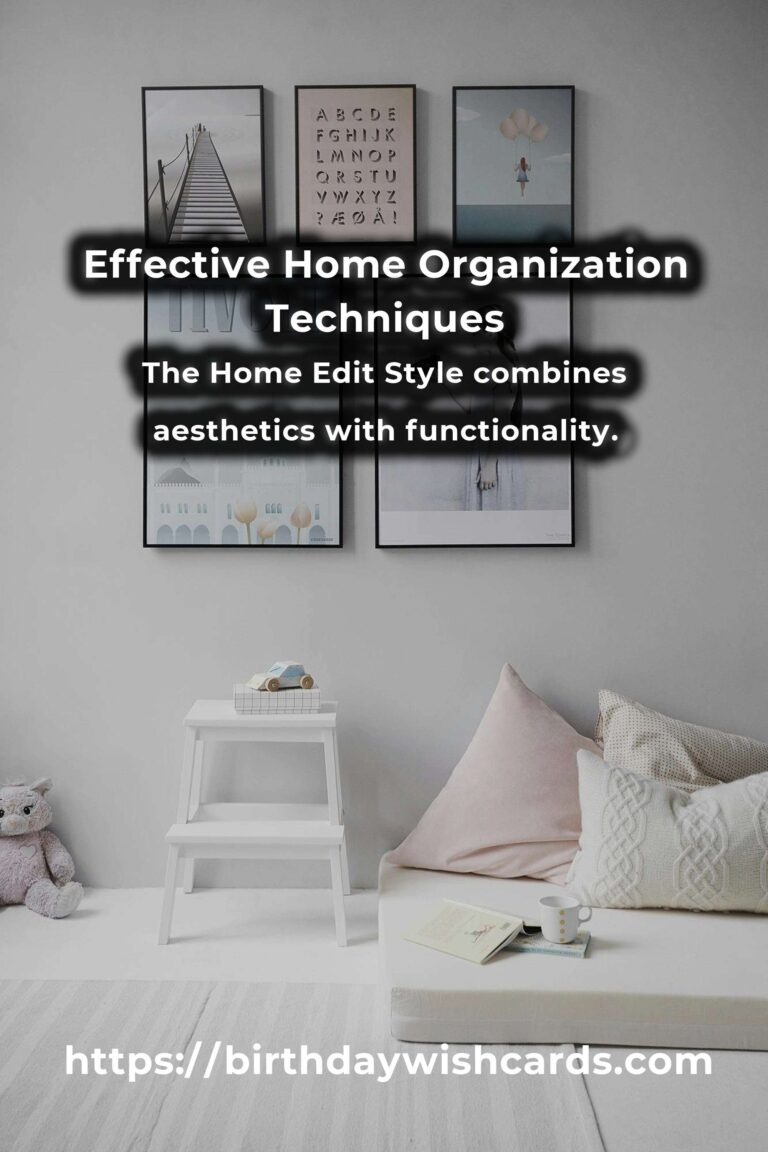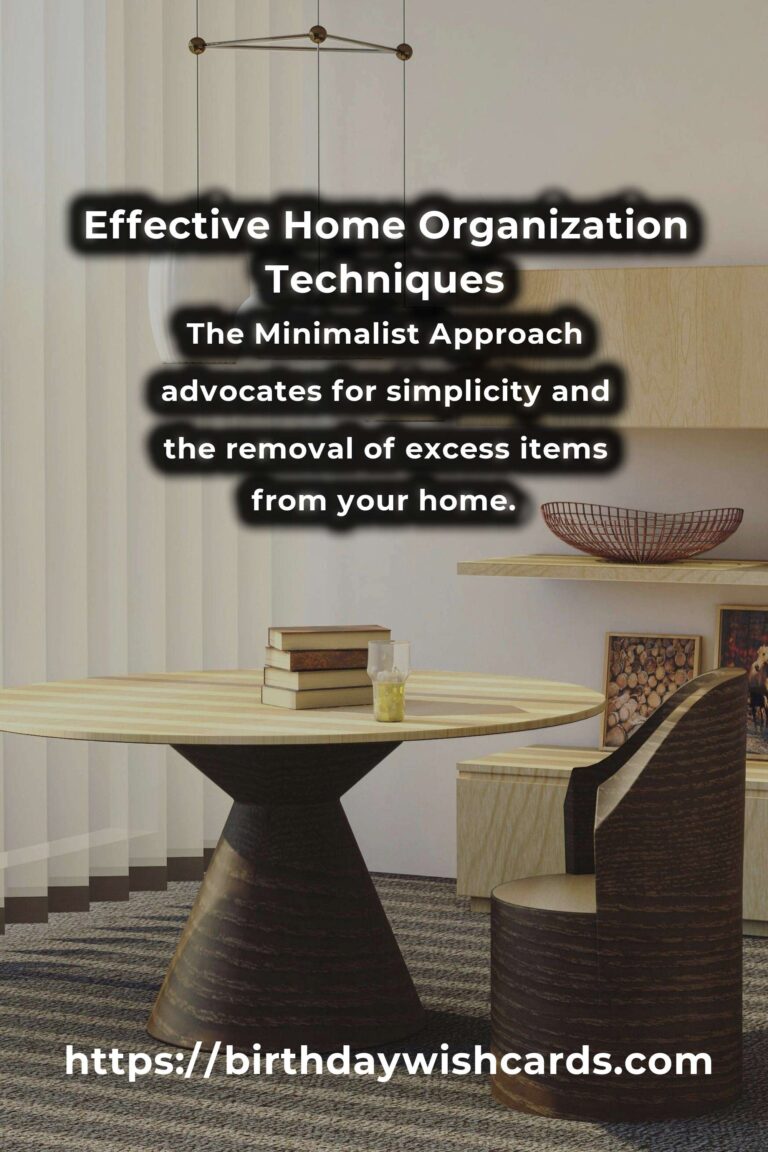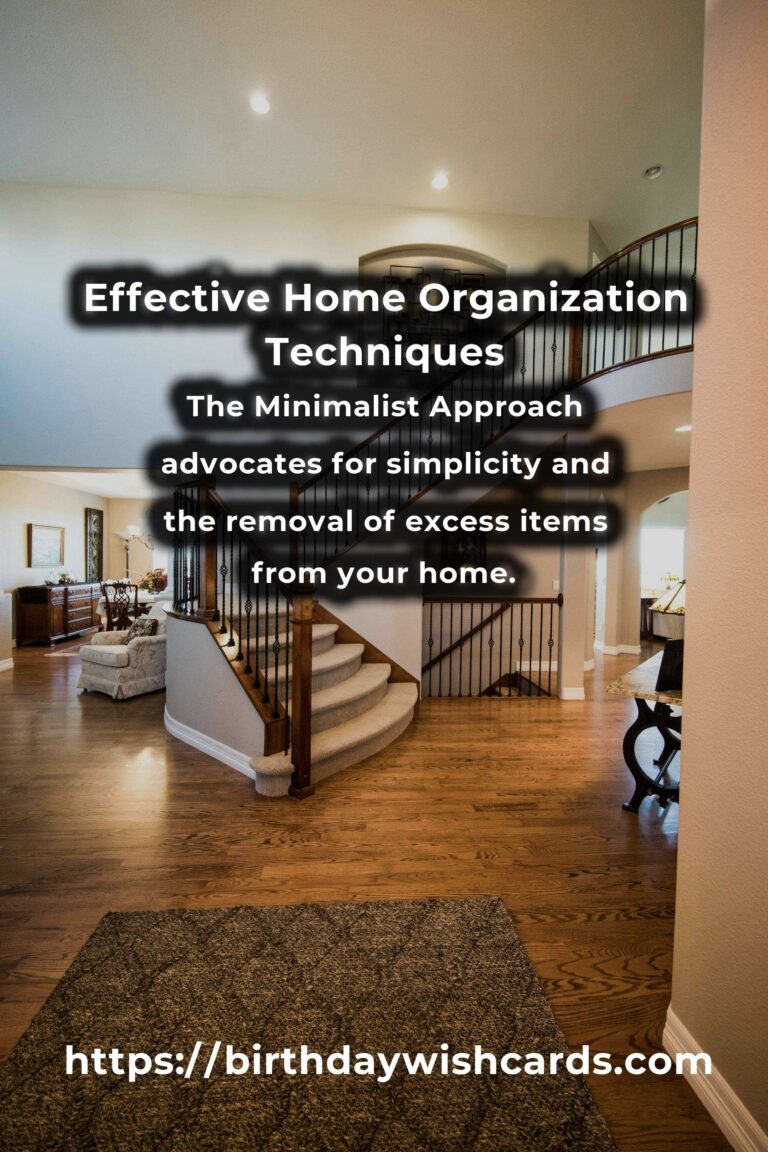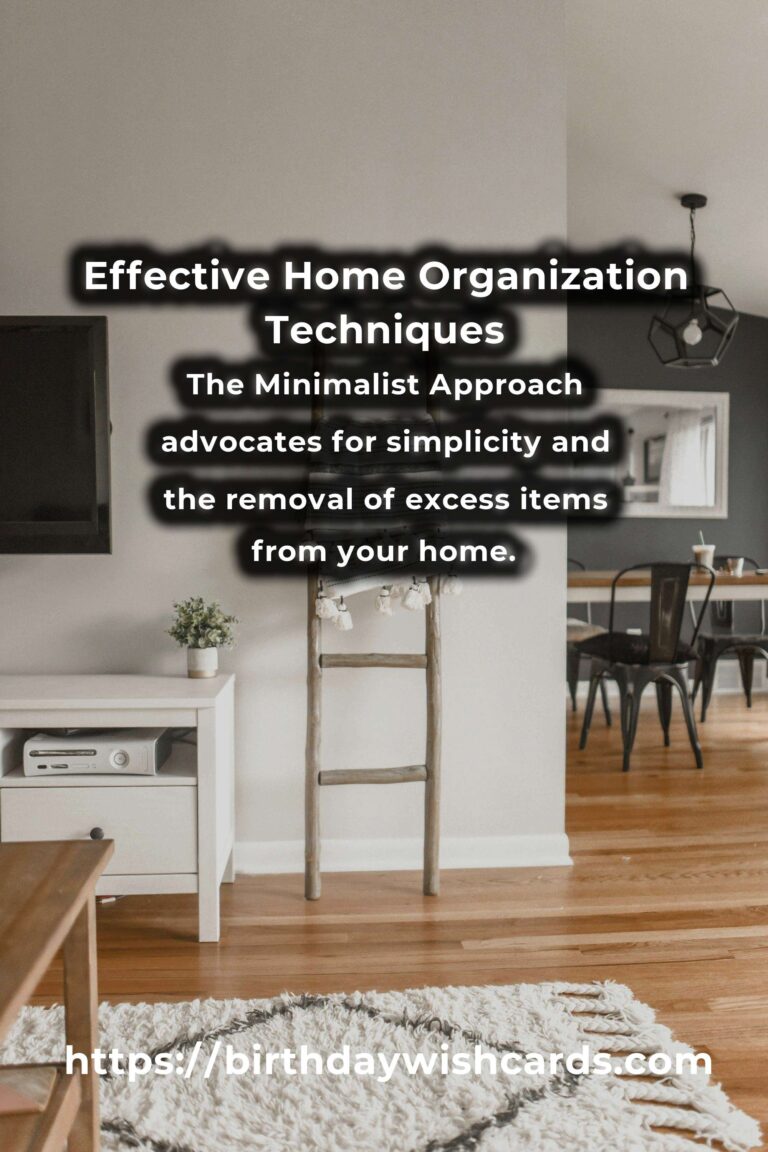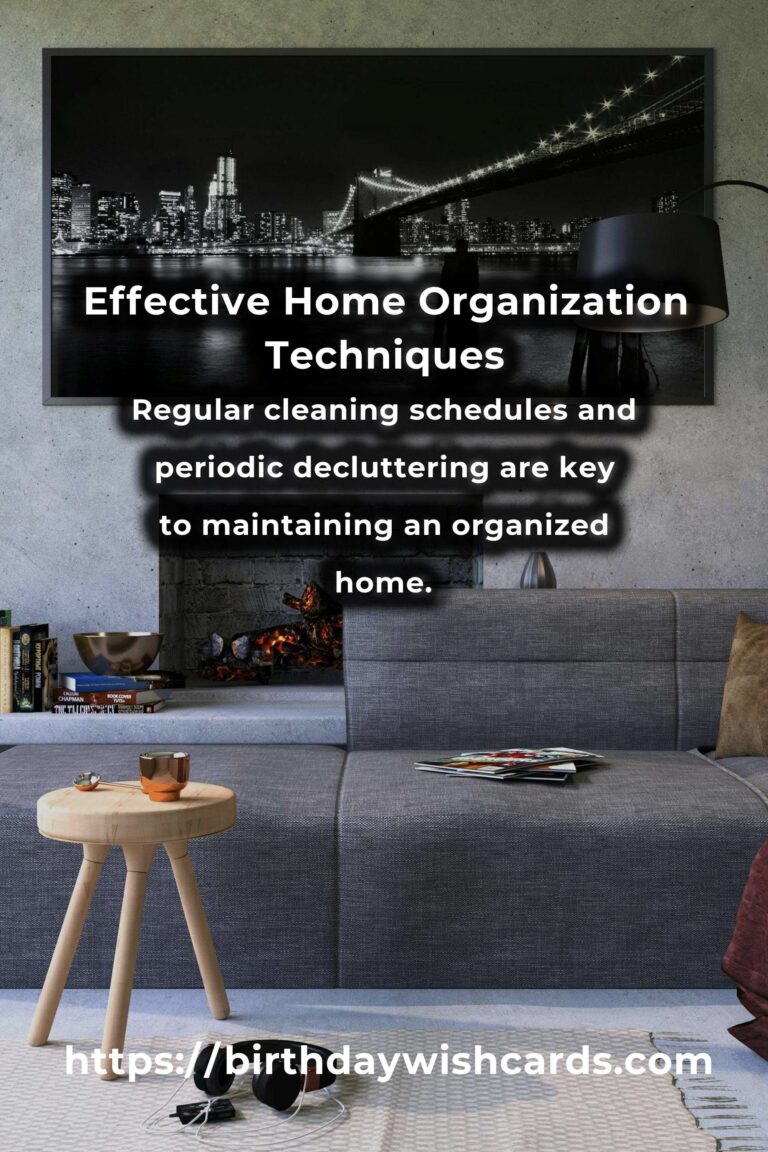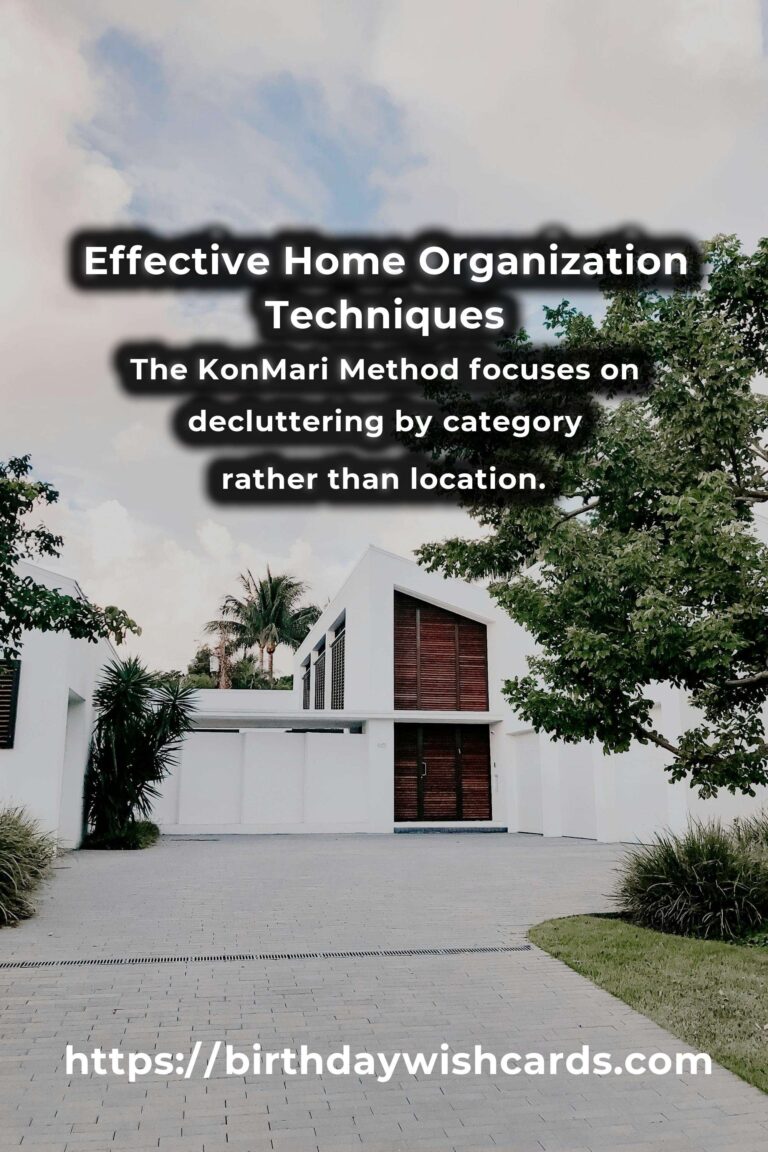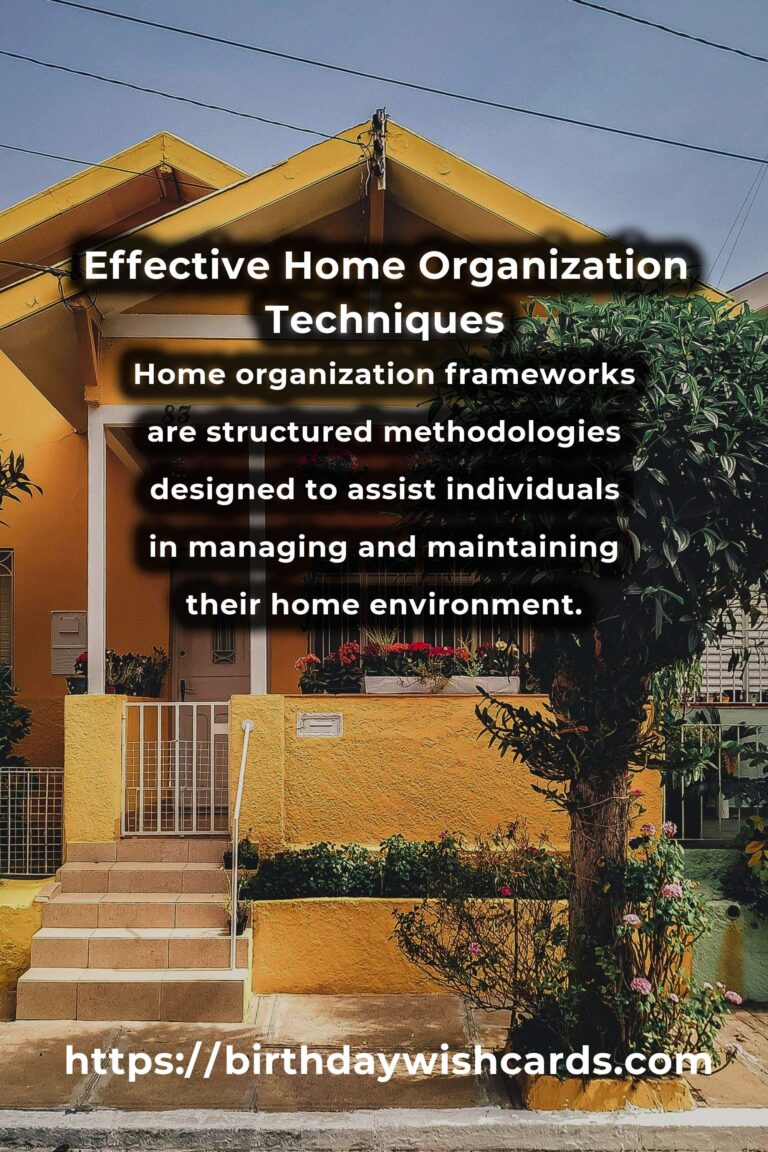
In the modern world, maintaining an organized home is no longer just a luxury; it is a necessity. Whether you are a busy professional, a stay-at-home parent, or a student, having a structured environment can significantly enhance your productivity and peace of mind. This guide delves deep into the various frameworks available to help you master home organization effectively.
Understanding Home Organization Frameworks
Home organization frameworks are structured methodologies designed to assist individuals in managing and maintaining their home environment. These frameworks range from minimalist approaches to comprehensive systems that involve detailed planning and categorization.
Popular Home Organization Frameworks
Several popular home organization frameworks have gained traction over the years. These include the KonMari Method, the Minimalist Approach, and the Home Edit Style. Each framework offers unique strategies to tackle clutter and promote efficient space usage.
The KonMari Method
Developed by Marie Kondo, the KonMari Method focuses on decluttering by category rather than location. The process involves keeping items that ‘spark joy’ and discarding those that do not. This method emphasizes mindfulness, introspection, and personal satisfaction.
The Minimalist Approach
The Minimalist Approach advocates for simplicity and the removal of excess items from your home. This framework encourages individuals to focus on what truly matters, reducing stress and enhancing living spaces by eliminating unnecessary possessions.
The Home Edit Style
Popularized by Clea Shearer and Joanna Teplin, the Home Edit Style combines aesthetics with functionality. This framework involves visually appealing organization techniques, such as color-coding and labeling, to create beautiful and efficient spaces.
Steps to Implementing a Home Organization Framework
Implementing a home organization framework requires a strategic approach. Begin by assessing your current situation and identifying your goals. Choose a framework that aligns with your lifestyle and preferences. Next, plan your organization process, break it down into manageable tasks, and set realistic deadlines.
Challenges and How to Overcome Them
While organizing your home can be rewarding, it is not without its challenges. Common obstacles include time constraints, sentimental attachments, and decision fatigue. To overcome these, set aside dedicated time for organization, seek support from family or friends, and practice decision-making strategies that align with your chosen framework.
Maintaining Your Organized Home
Once you have achieved an organized home, the next step is maintenance. Regular cleaning schedules, periodic decluttering, and adapting to changes in your lifestyle are key to ensuring long-term success. Remember, organization is a continuous process that evolves with your needs.
Conclusion
Mastering home organization frameworks is within your reach. By understanding different methodologies and implementing tailored strategies, you can transform your living environment into a harmonious space. Embrace this journey towards a more organized life, and enjoy the benefits of increased clarity and reduced stress.
Home organization frameworks are structured methodologies designed to assist individuals in managing and maintaining their home environment. The KonMari Method focuses on decluttering by category rather than location. The Minimalist Approach advocates for simplicity and the removal of excess items from your home. The Home Edit Style combines aesthetics with functionality. Implementing a home organization framework requires a strategic approach. Common obstacles include time constraints, sentimental attachments, and decision fatigue. Regular cleaning schedules and periodic decluttering are key to maintaining an organized home.
#HomeOrganization #Decluttering #Minimalism #KonMari #TheHomeEdit


